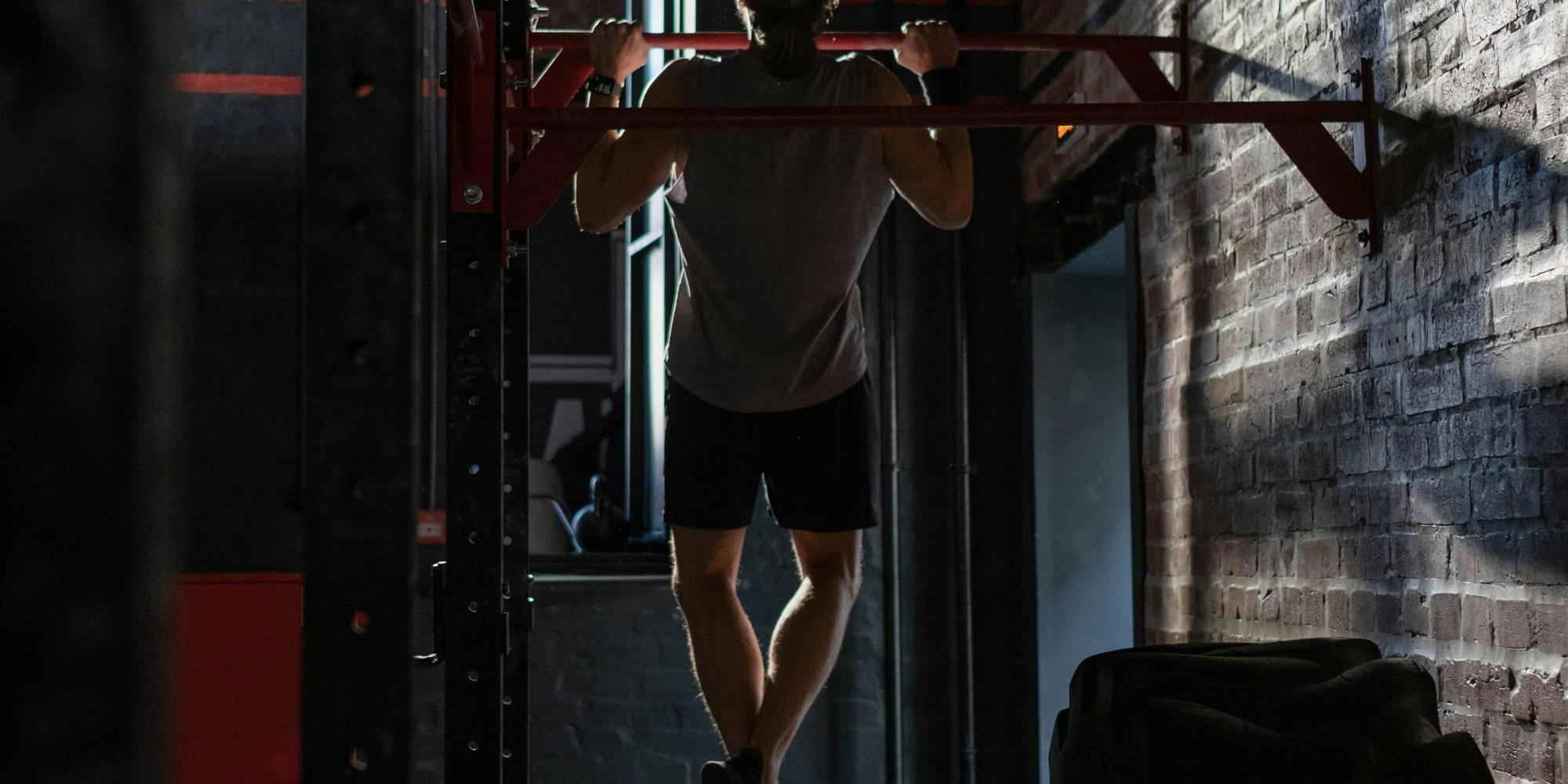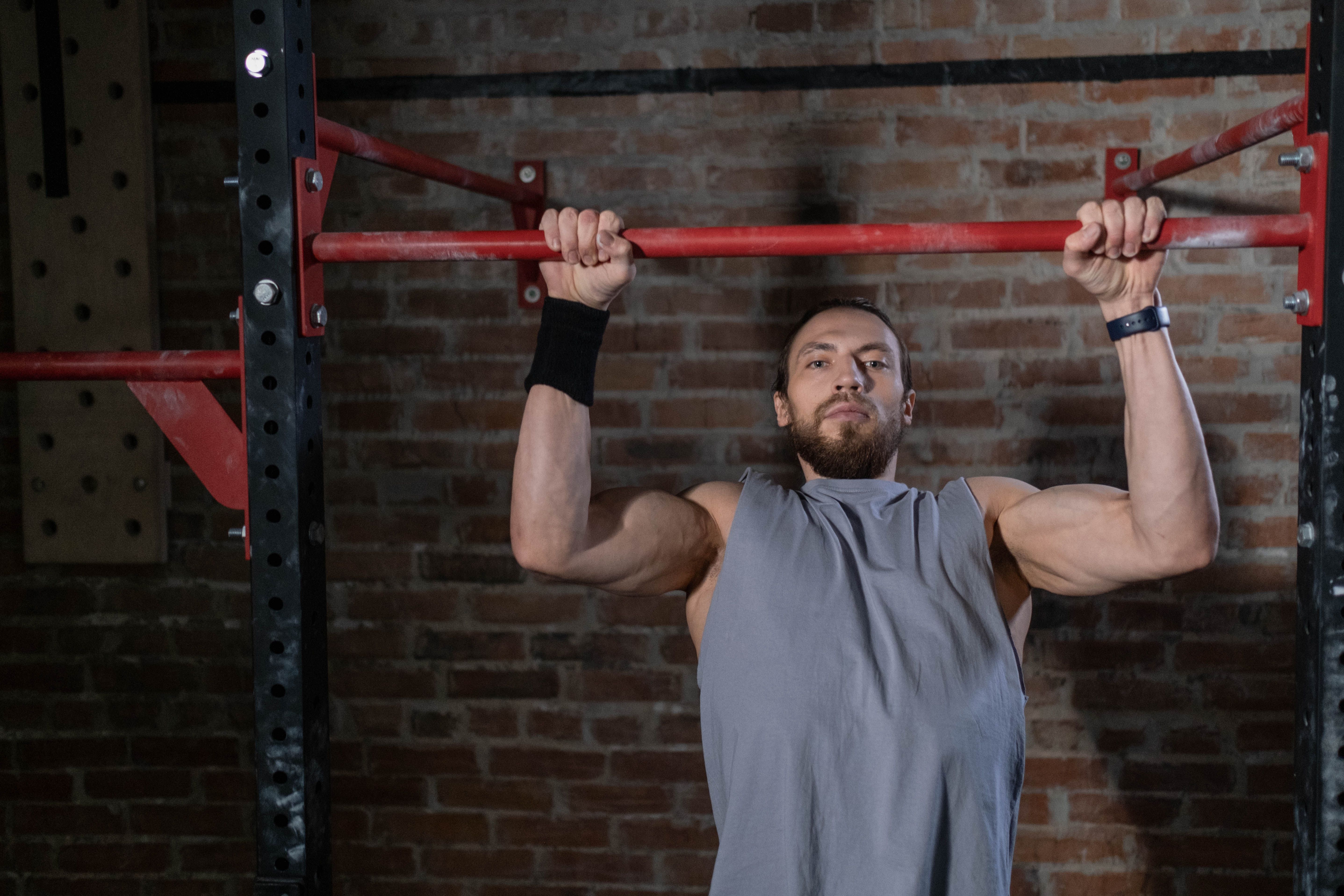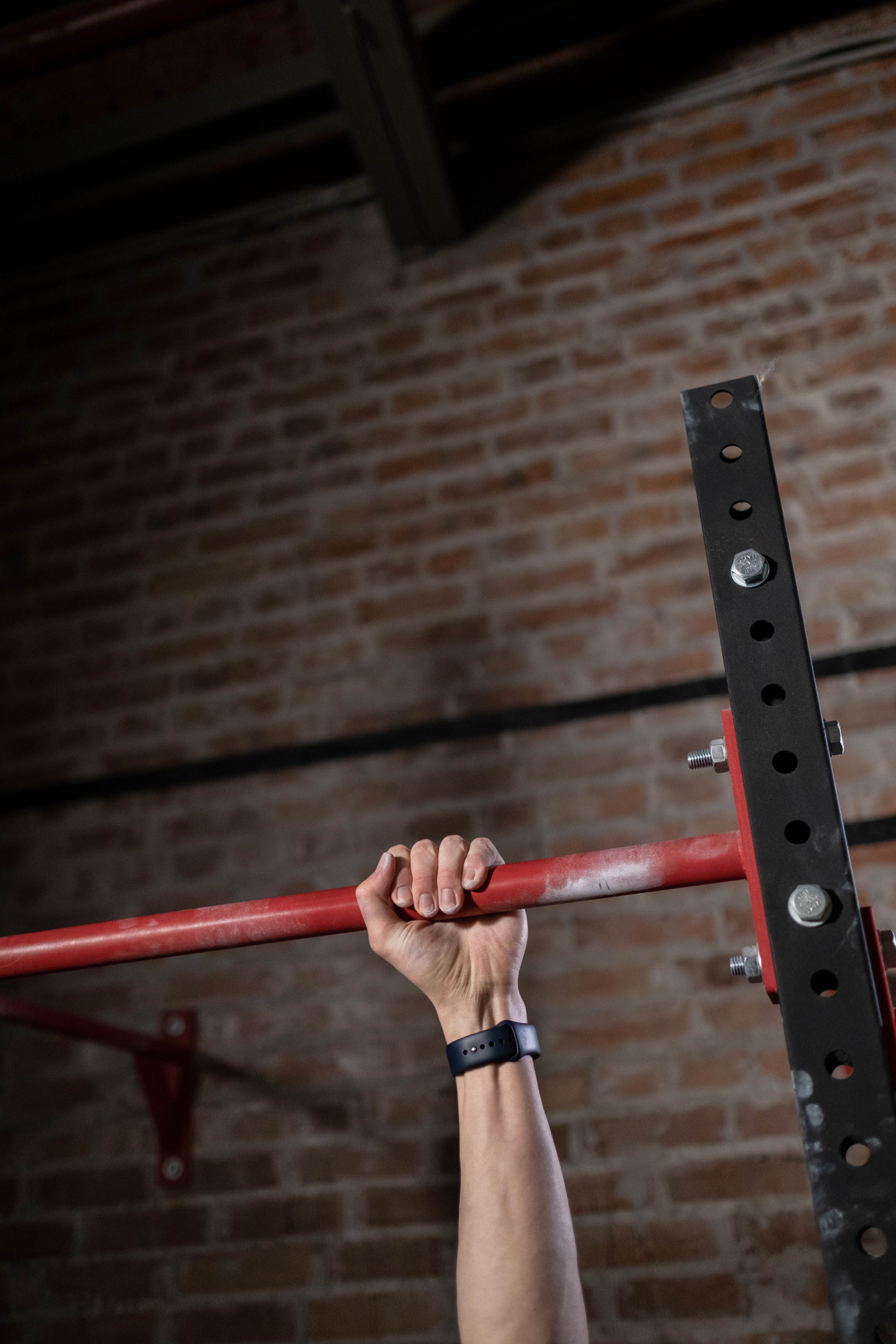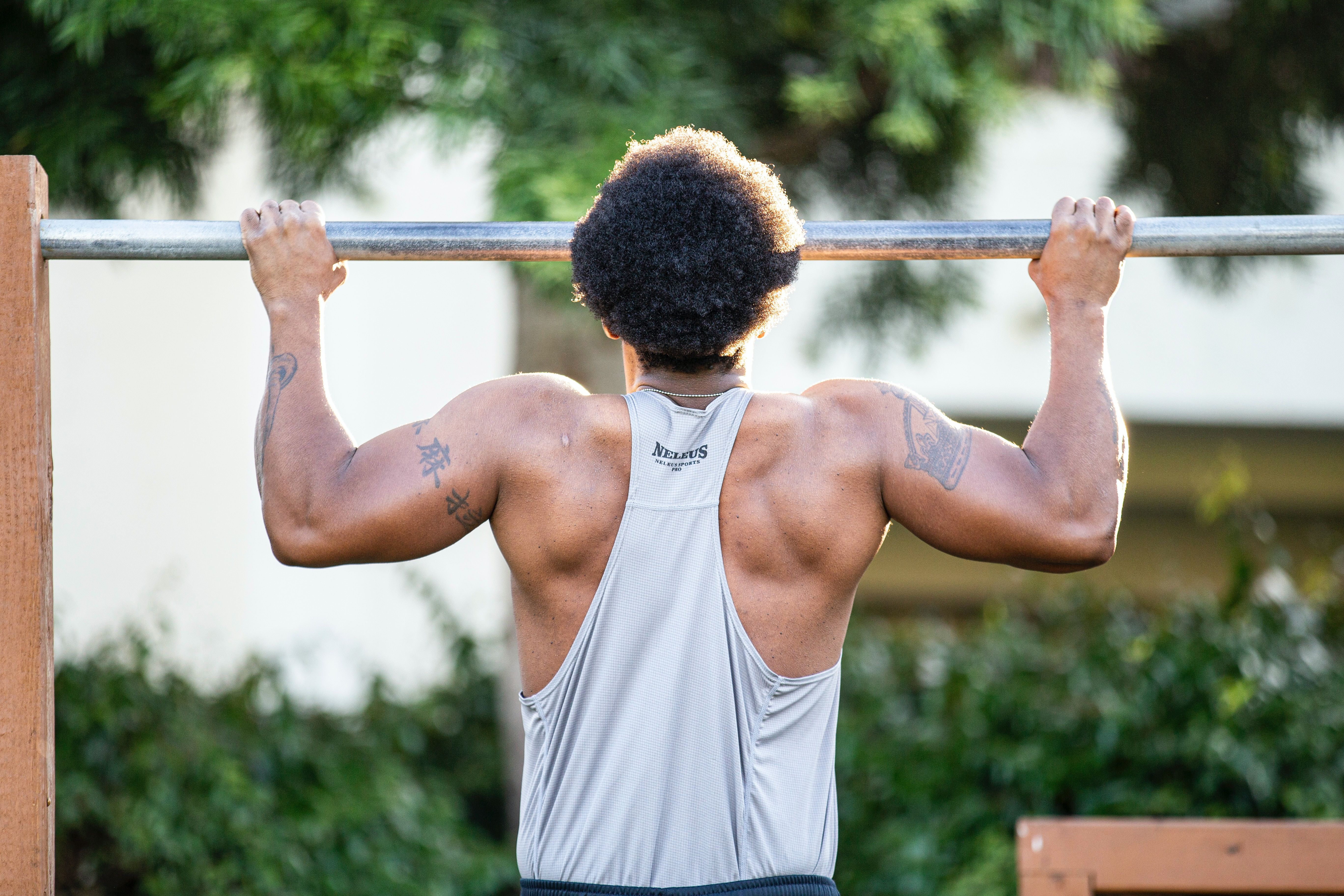Pull-Up Mastering: Steps, Tips and More



Pull-ups are a type of bodyweight exercise that concentrate on the upper body's muscles, especially the back, shoulders, and arms. It is regarded as one of the best and most difficult bodyweight exercises for increasing muscular endurance and upper body strength.
You hang from a horizontal bar while doing a pull-up with your arms fully extended and palms facing outward (overhand grip). Then, while bending your elbows and using your back and arm muscles, you lift your body up towards the bar. The objective is to raise your body such that your chest is almost touching the bar and your chin is over it. Finally, you return to the starting position while maintaining control to finish one repeat.

The following muscles are worked out most by the pull-up:
1. Latissimus Dorsi (Lats):
Your back's bulky muscles move you up and down during a pull-up.
2. Rhomboids and Trapezius:
These shoulders and upper back muscles aid in stabilizing and controlling the action.
3. Biceps and Forearms:
Your biceps and forearm muscles contract to bend your elbows as you lift yourself up.

Pull-ups are a complex exercise, which means they need several different muscle groups to cooperate. They are a great method to strengthen your upper body, your grip, and your functional fitness.
Pull-up variants can be used to focus on various muscle groups or to make the exercise simpler for novices. Chink-ups (palms facing you), wide-grip pull-ups (hands spread wider than shoulder-width), and aided pull-ups (using resistance bands or a pull-up machine for assistance) are a few frequent variants.
Pull-ups can be difficult, especially for beginners, but with regular practice and improvement, the majority of people can increase their pull-up power and complete this satisfying exercise.
Step 1:
Warm up. Warming up your body is important before beginning any workout. Jog for 5–10 minutes or do jumping jacks to boost blood flow to your muscles and prime your body for the activity.
Step 2:
Locate a Reliable Pull-Up Bar. Find a pull-up bar that can handle your weight and is robust. You may use a bar at a park, a gym, or if you have the space, at home.
Step 3:
Obtain the Correct Grip. Put your palms outward and slightly wider than shoulder-width apart on the pull-up bar. The most typical grip for pull-ups is an overhand one.
Step 4:
Climb the Bar and Hang. Reach the pull-up bar by jumping up or taking a step, then hang there with your arms fully extended. Your feet shouldn't be on the ground, and your body should be at ease.
Step 5:
Engage your core. Make use of your core muscles to support your body before beginning the pull-up. By doing this, you may keep the movement's right form throughout.
Step 6:
Start the pull-ups. Bend your elbows and squeeze your shoulder blades together while pulling your body up towards the bar while maintaining core stability. Instead of focusing exclusively on your arms, concentrate on engaging your back muscles.
Step 7:
Ascend to the Top Position. Pull yourself up till your chin is over the bar. Your elbows should be pointed downwards toward the ground, and your chest should be close to the bar.
Step 8:
Retract Your Step. Slowly Controlled descent is key; avoid abrupt dips. To accomplish one repeat, extend your arms fully at the bottom of the exercise.
Step 9:
Begin with assisted pull-ups. Start with assisted pull-ups if you are unable to perform a full pull-up just yet. As your strength increases, use resistance bands or a pull-up machine to help.
Step 10:
Increase Repetitions Gradually. Start with a small number of repetitions, such as 3–5, then progressively increase the number as your strength improves. Each workout should include 3–4 sets of pull-ups.
Step 11:
Recuperate and Relax. Spend some time between pull-up workouts resting your muscles. Before working out the same muscle group again, let it at least 48 hours to recuperate.
Step 12:
Be Consistent and Patient. Progress in pull-ups requires patience and commitment. Be kind to yourself and continue your training consistently. Celebrate each accomplishment and keep pushing yourself to do better.

The number of pull-ups that a man or woman should be able to perform varies depending on personal characteristics including age, degree of fitness, and training history. However, the following are some general recommendations for pull-up routine at a beginner's level:
Men: It's regarded as a decent objective for an average, healthy adult male to be able to complete 5–10 consecutive pull-ups. More than ten pull-ups are seen as a sign of above-average upper body strength.
Women: It is a fair objective for an average, healthy adult woman to be able to perform one to three pull-ups in a row. Achieving three to five pull-ups in a row is regarded as above average and shows strong upper body endurance.

It's completely acceptable to begin with assisted pull-ups or other versions that help build strength gradually if you are new to pull-ups or bodyweight workouts. To get to complete pull-ups, it is helpful to use resistance bands, a pull-up machine, or negative pull-ups (lowering oneself slowly off the bar). Remember, it's normal to face some challenges when learning how to do pull-ups. Focus on proper form, practice regularly, and you'll see progress over time. Happy pulling!

